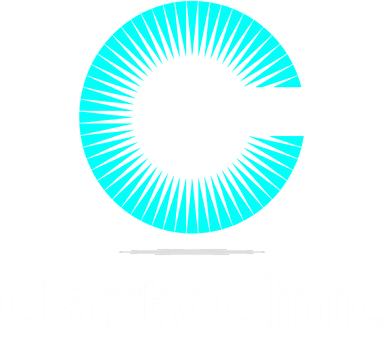August 17th, 2022

Try to envision a world without your favorite songs, without movies, or falling into a great book to name just a few examples of how art touches our lives. What all these things have in common is art, the stories that they unfold before us, and the palpable undercurrent of emotion that captivates us. Emotionality is what makes these things stand the test of time, and we might not know what these works helped someone through. But how?
Art and artmaking are psycho-therapeutic remedies for the soul, a means of developing self-awareness, and a way to cope with stress. Through art therapy, psychological disorders can be diagnosed and treated.
To explore the fascinating world of art therapy we first must understand what it is. According to the American Art Therapy Association (AATA): “Art therapy is an integrative mental health and human services profession that enriches the lives of individuals, families, and communities through artmaking, creative process, applied psychological theory, and human experience within a psychotherapeutic relationship."
To give credit where credit is due, the pivotal founding members of this field came to the field from backgrounds in education, the visual arts, and psychotherapy. Edith Kramer and Margaret Naumburg, who are coined as the “mothers of art therapy” became influenced by the first wave of psychoanalytic theory in the 1940s. They believed that through the creative process, individuals brought to light unconscious thoughts and feelings that they might have repressed.
They felt that when individuals talked through this creative process with a therapist, they could come to understand what their artwork was revealing to them about themselves. This understanding would, in turn, promote psychological healing. Their writings continue to be influential in the 21st century to the current day as an evidence-based modality.

Art Therapy, facilitated by a professional master’s level art therapist from an accredited art therapy program, effectively supports personal and relational treatment goals as well as community concerns. Art Therapy is used to improve cognitive and sensory-motor functions, foster self-esteem and self-awareness, cultivate emotional resilience, promote insight, enhance social skills, reduce and resolve conflicts and distress, and advance societal and ecological change.

Art therapy has been shown to benefit people of all ages. It has been observed to improve communication and focus and can help reduce feelings of loneliness or isolation due to various reasons, like a global pandemic. This type of therapy has also been shown to lead to increases in self-esteem, confidence, and perspective.
Positive results in art therapy may often be achieved by those facing issues such as:
And more...

Certified art therapists will typically have a comprehensive understanding of the powerful effect that the creative process can have on those within therapy. Art therapists often use psychological and artistic theories, combined with clinical techniques, to achieve the desired therapeutic outcome tailored to the needs of the individual. The art therapist will present a directive or artmaking activity and the individual will begin the creative process. The work will be processed with the clinician, and they will explore the emotions evoked from both the creative process and the creation itself. The approach has proven to be beneficial even for non-verbal individuals and professional artists.
Common techniques used in therapy include:
To sum up, art therapy can help individuals express thoughts, feelings, and emotions in a gentle way that may be difficult to share with words. As an art therapist, it is my honor and responsibility to create a safe place for healing and creativity to thrive. Utilizing creativity to externalize emotions that words can’t reach, is a powerful tool and process that can facilitate healing through a new and profound perspective.
Trusting the process and knowing that no prior artistic background or skill is required, takes away the worries of “But I can’t draw a stick figure”. Art therapy is about the process, not the product.
Art therapy is a powerful modality, but if utilizing creativity doesn’t seem like it’s for you then that’s ok. If you are willing it can be an amazing tool to help facilitate healing and a deeper perspective to find growth and change.
Written by: Jennifer Baffi, LPC, MA.
At Clarity Clinic, we have highly trained staff who specialize in therapy and psychiatry services. To learn more about how we can support your mental health, call Clarity Clinic at (312) 815-9660 or schedule an appointment today.

Our Services
Virtual/Online CarePHP and IOPAdult PsychiatryChild & Adolescent PsychiatryAdult TherapyChild & Adolescent TherapyCouples CounselingFamily TherapyGroup TherapyPsychological TestingTranscranial Magnetic Stimulation (TMS)Resources
Refer a PatientCareersClinical Training OpportunitiesOur ProvidersFree Mental Health TestsCommonly Prescribed MedicationsLocationsBlogIn The NewsClarity Through CharityClarity for AllQuick Links
Patient PortalFAQsAccepted InsurancesContact us